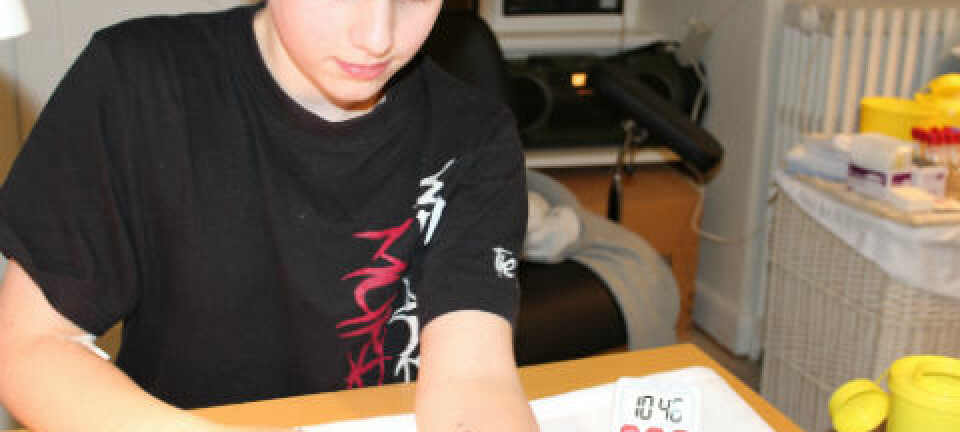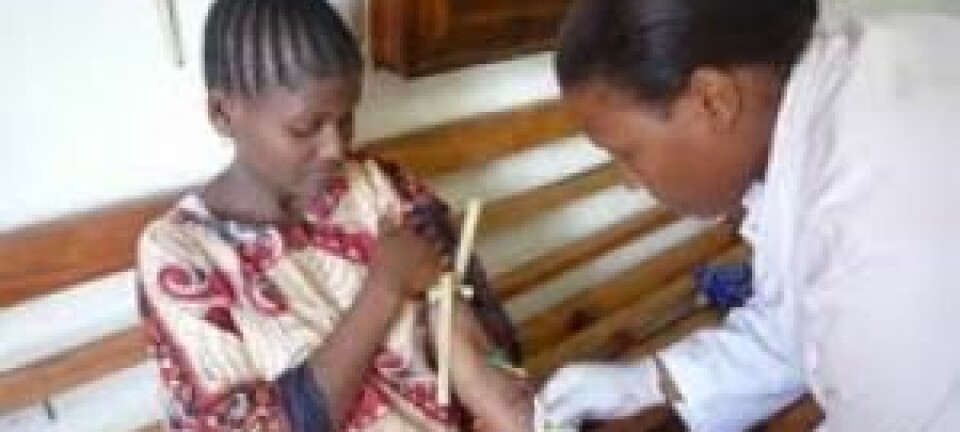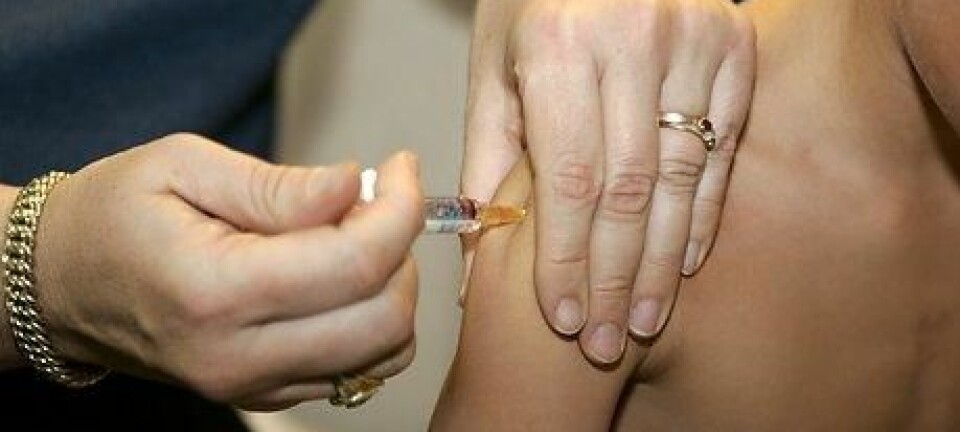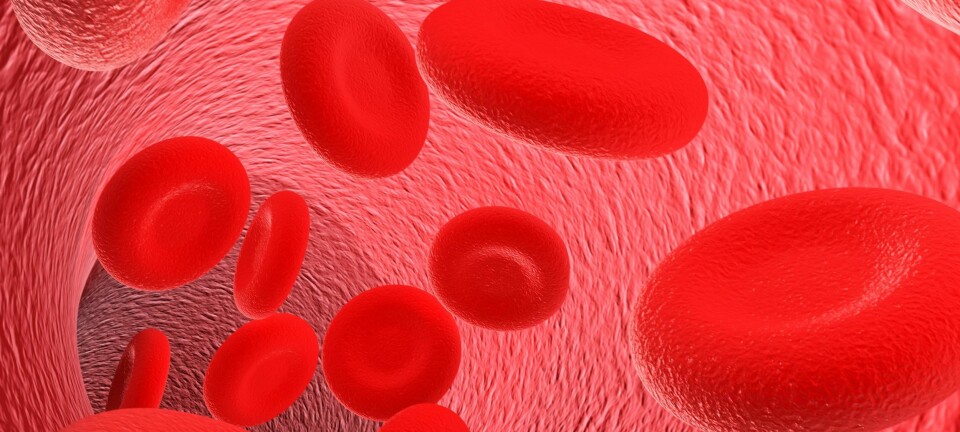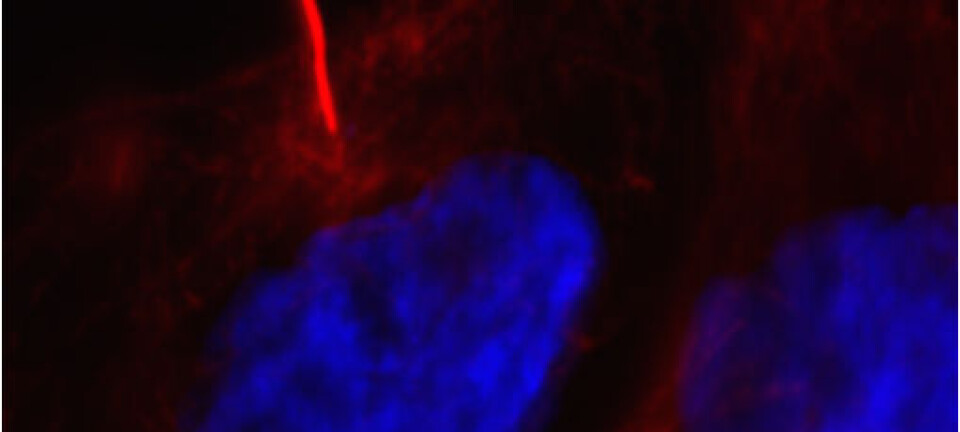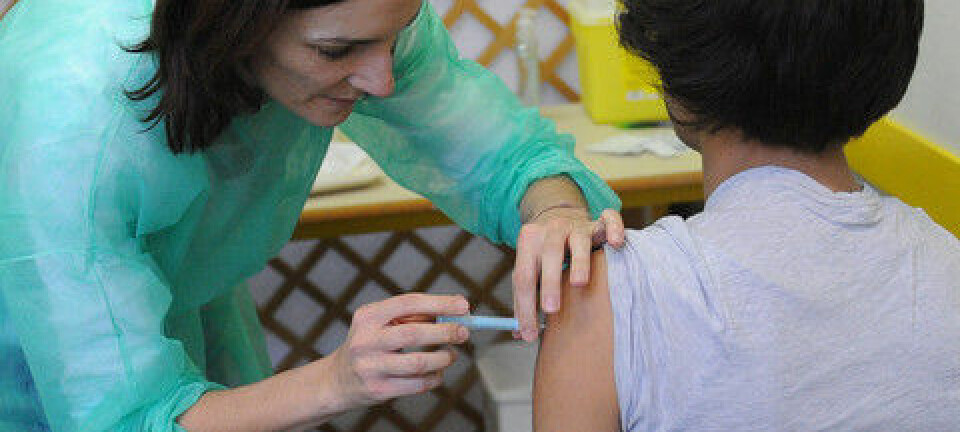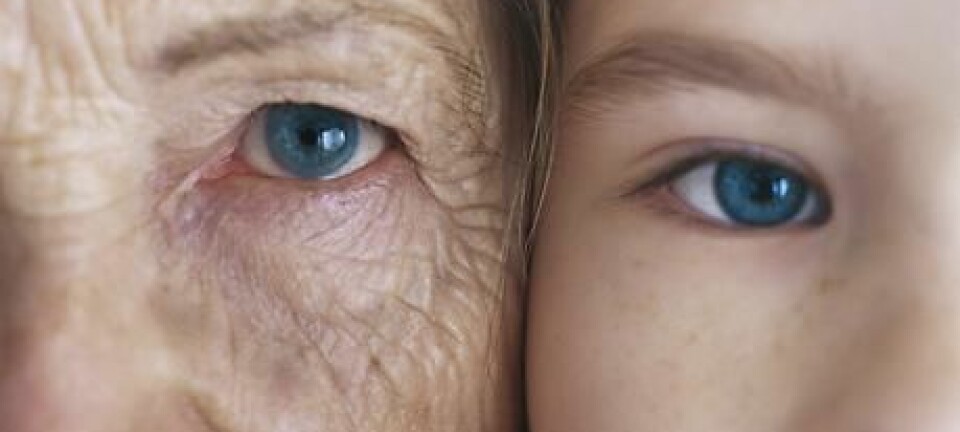An article from University of Oslo
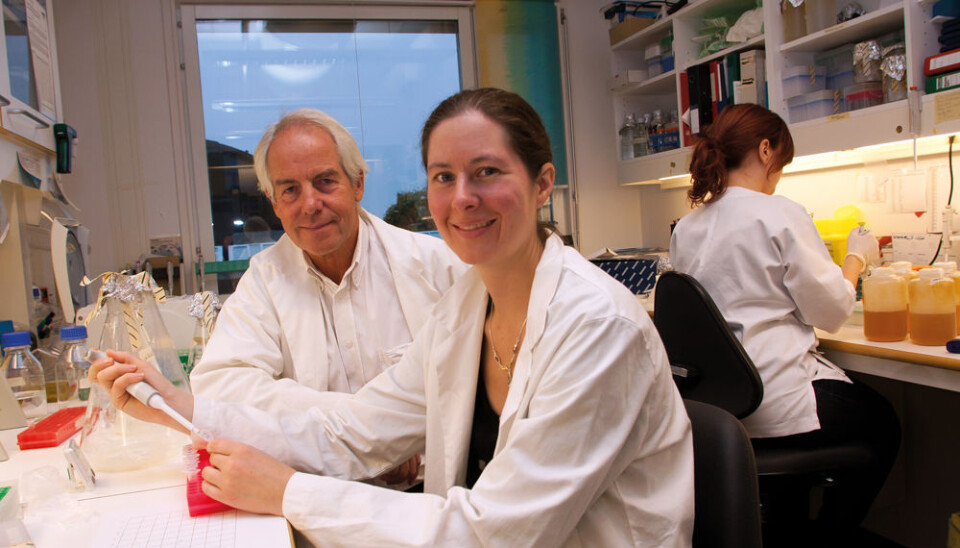
Targeted DNA vaccine uses an electric pulse
Future vaccines against infections, influenza and cancer can be administered using an electrical pulse and a specially-produced DNA code, which programs the body’s own cells to produce a super-fast missile defence.
Denne artikkelen er over ti år gammel og kan inneholde utdatert informasjon.
Researchers at the University of Oslo have developed a new type of DNA vaccine that can be used effectively against viruses and cancer. Studies reveal that the new vaccine triggers a powerful immune response. The vaccine has been tested on mice. Now the researchers hope the vaccine can be tested clinically.
This vaccine has an additional advantage: existing vaccines require the inclusion of immuno-activating substances. These substances are called adjuvants and are generally comprised of oil-based mixtures or aluminium salts. Adjuvants initiate local and often painful inflammation at the injection site. This inflammation fools the immune system into reacting to the vaccine.
Without additives
The new vaccine from the University of Oslo (UiO) does not require the addition of adjuvants. Instead, a completely new technology is used that applies an electrical current to the injection site immediately after injection. This electrical pulse results in a molecular reaction.
“The advantage of this type of reaction is two-fold. Firstly, one injection is enough and, secondly, the immune system reacts very quickly and effectively,” says Professor Bjarne Bogen of the Centre for Immune Regulation at the University of Oslo. Bogen has developed this new vaccine technology together with Professor Inger Sandlie, post-doctorate Agnete B. Fredriksen and a number of other colleagues.
The possibilities with this new vaccine from UiO are numerous. With this new technology it will be possible to produce vaccines quickly enough to protect against new pandemics, influenza epidemics, or hostile biological threats.
No need to cultivate viruses in eggs
It is time-consuming to make traditional vaccines. Today, in order to make influenza vaccines, viruses have to be cultivated in eggs. It can take almost a year before the vaccine is ready to use.
“The first problem: the world does not have enough eggs to produce influenza vaccine quickly enough for everybody. The second problem: certain forms of the deadly bird flu kill the eggs. Fatality rates can be as high as 50 percent. If a new influenza virus kills the eggs, it will not be possible to make a vaccine”, explains Bogen.
His research team is now studying whether it is possible to use this new vaccine technology to develop a quick and effective vaccine against influenza.
DNA is the solution
The new vaccine is comprised of DNA strands. To make a new vaccine, constructing just a section of DNA is enough. Bacteria are good DNA factories. By adding a special substance, the bacteria double the number of DNA strands every 20 minutes. This means an eight-fold increase in an hour. Over 24 hours, the bacteria will have produced vast quantities of DNA strands. The DNA strands then need to be cleaned free of the bacteria. This copying method is used by everybody working with DNA.
DNA code programs the cells in the body
The researchers have called the active component in this new vaccine technology Vaccibody.
When DNA is injected together with an electric pulse, DNA is taken up in the skin cells. The cells then read-off the DNA and produce some very special proteins. It is these proteins that are called Vaccibody molecules and to which the immune system reacts so strongly.
This means that the researchers have found the DNA code that programs skin cells in the body to make Vaccibody molecules.
A three-part molecule
The Vaccibody molecules are comprised of three components. Each of them has an important role in the immune system. The first component is the target guidance system which, like a pair of gripping pliers, binds to dendrite cells, a type of immune cell discovered by Ralph Steinman, who last year was awarded the Nobel Prize in Medicine.
The second component of the Vaccibody molecules ensures that two identical chains are held together. Tests reveal that this special architecture is highly important if the vaccine is to work.
The third component of the Vaccibody molecule is a small piece of a virus, a bacteria or cancer cell. This small piece is called an antigen.
“The Vaccibody molecules are made so that we can insert all types of antigens," says Borgen. "The only condition is that the antigen has a protein structure. We have inserted bits from numerous different viruses and bacteria. All have worked. We have also been able to successfully insert an antigen made up of 523 amino acids. That's an enormous molecule.”
The Vaccibody molecules attach to the dendrite cells and are taken to the lymph nodes which are the headquarters of the immune system. There, the dendrite cells “display” the antigen to the most important cells in the immune system, the B cells and T cells.
Not only does this result in large-scale production of B cells, but the immune system is also stimulated to produce aggressive T cells.
“Both of these parts of the immune defence are as a rule important in our protection against viruses and bacteria, and for eliminating cancer cells. This means that Vaccibody offers double protection.”
Target guiding gripping pliers
In some types of Vaccibody molecules, the gripping pliers that attach to the dendrite cells are a chemokine. Chemokines are small hormone-like substances that guide the passage of cells through the body.
“We have achieved very good results from our studies with Vaccibody molecules guided using chemokines," says the researcher. "The chemokines can be thought of as lighthouses along the coast. They enable the immune cells to navigate correctly and have a special effect on the production of T cells, an attribute that is very important in fighting viruses and cancer.”
Successful test
The Vaccibody vaccine has so far been tested on mice with cancer and influenza. 80 percent of the vaccinated mice became resistant to cancer. 100 percent of those vaccinated were protected against flu, and the protection was effective very quickly.
Bjarne Bogen hopes that a number of major companies can test the vaccine clinically on humans.








